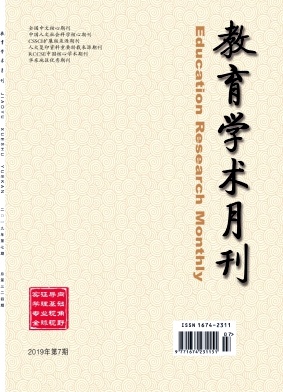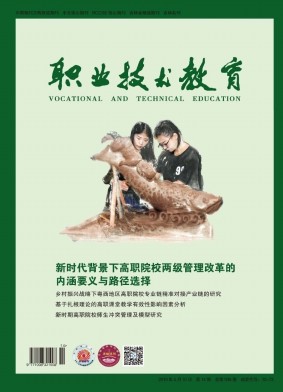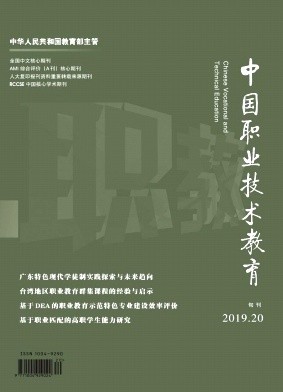摘要 采用美国环境保护署(USEPA)的监测方法,对超低排放改造后燃煤电厂可过滤颗粒物(FPM)及可凝结颗粒物(CPM)排放水平进行监测,结果显示,超低排放改造后燃煤电厂FPM的排放质量浓度均值为2.51 mg/m3,CPM的排放质量浓度均值为4.85 mg/m3,较超低排放改造前分别下降了88%和77%。比较超低排放改造技术路线中3种较为常见的除尘方式,发现低低温电除尘与湿电除尘联用的方式对CPM协同脱除的效果最佳。此外,通过对CPM质量来源的分析,发现超低排放改造后燃煤电厂排放的CPM中有机组分占比大幅增加。 The emission levels of filterable particulate matter(FPM)and condensable particulate matter(CPM)in coal-fired power plant after ultra-low emission retrofit were monitored using USEPA method.The results showed that the average emission concentrations of FPM and CPM were 2.51 and 4.85 mg/m3,which were 88%and 77%lower than those before ultra-low emission retrofit,respectively.Three traditional dust removal methods for ultra-low emission technology were compared.It was found that the combination of low-low temperature electrostatic precipitator and wet electrostatic precipitator was the most effective method for removal of CPM.In addition,through the analysis of CPM mass sources,it was found that the proportion of organic matter in CPM discharged from coal-fired power plant after ultra-low emission retrofit was much higher than that before ultra-low emission retrofit.
机构地区 浙江省生态环境监测中心 浙江环境工程监测有限公司
出处 《环境污染与防治》 CAS CSCD 北大核心 2021年第4期453-457,共5页 Environmental Pollution & Control
基金 浙江省环保科研计划项目(No.2018A016)。
关键词 超低排放改造 可过滤颗粒物 可凝结颗粒物 低低温电除尘 湿式电除尘 ultra-low emission retrofit filterable particulate matter condensable particulate matter low-low temperature electrostatic precipitator wet electrostatic precipitator




